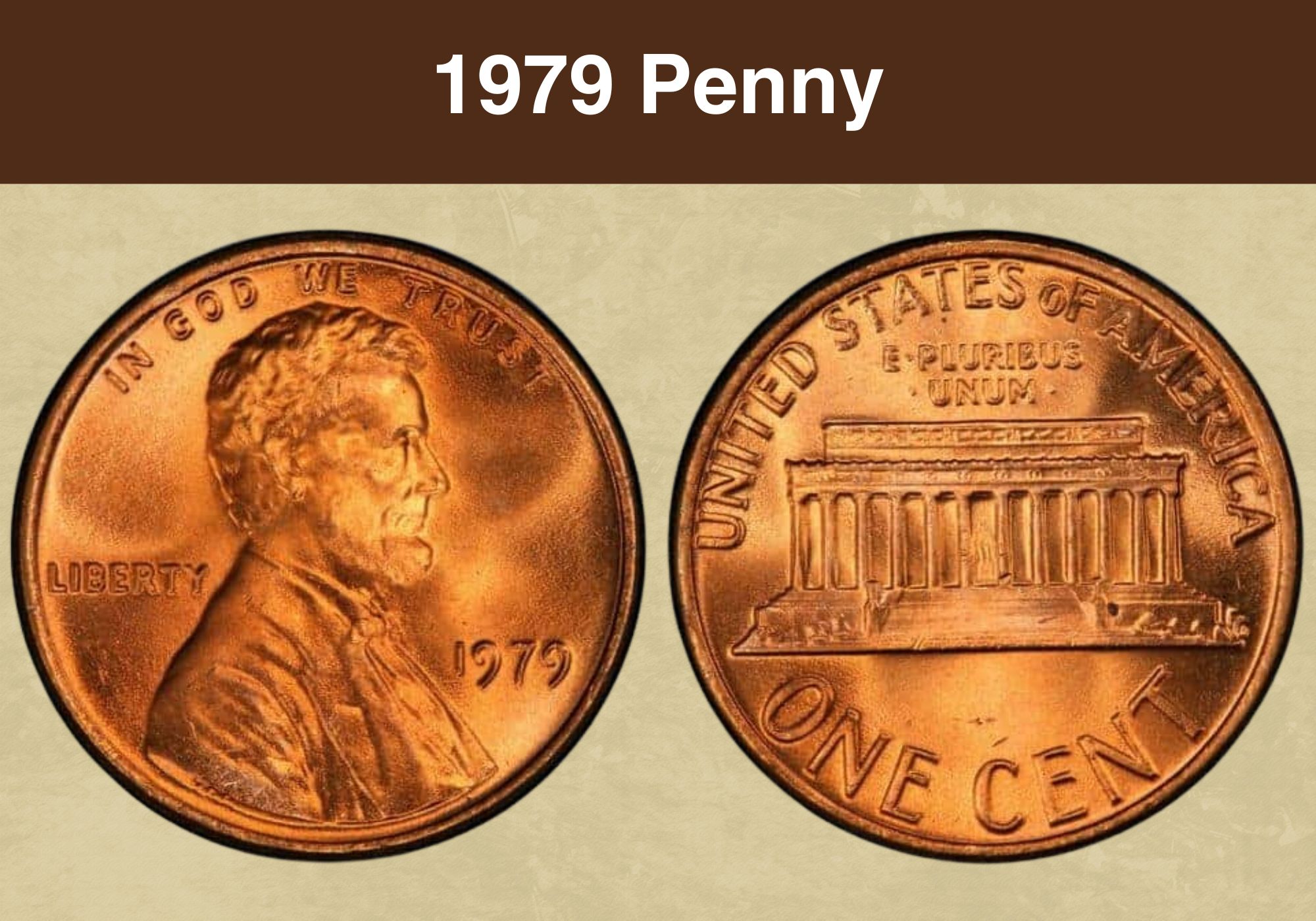
Coin Value Contents Table
The 1979 Penny is a Lincoln Memorial Penny. They were introduced in 1959 as part of the sesquicentennial celebration to mark 150 years since Abraham Lincoln’s birth. Two decades later, the 1979 Penny caught the popular imagination while riding the coattails of the newer smaller dollar coin. Let’s learn more about the 1979 Penny Value and why it still stands out.
1979 Penny Value Chart |
||||||
| Coin | MS 65 | MS 66+ | MS 67+ | MS 68 | PR/PF 69 DCAM | PR/PF 70 DCAM |
| 1979 No Mint Mark Penny | $20 | $46 | $425 | $2,000 | – | – |
| 1979-D Penny | $26 | $60 | $3,950 | – | – | – |
| 1979-S Filled-S Proof Penny | – | – | – | – | $20 | $2,700 |
| 1979-S Clear-S Proof Penny | – | – | – | – | $22 | $1,350 |
History of the 1979 Penny
Collectible coins are a large source of revenue for the US Mint. Usually, they’re sold as Mint Sets, Proof Sets, or Uncirculated Sets with one coin from each circulating denomination. Or they’re packaged as PDS Sets with a sample from every branch of the mint. These annual sets ramp up in years when new coins are introduced, like the Susan B. Anthony Dollar in 1979.
Because people are interested in getting the newest design, they get curious about collecting other coins that year as well. That’s what attracted interest to the 1979 Lincoln Cent. But one other thing made this penny stand out. In the 1960s, silver prices shot up, so people started hoarding coins. The mint developed coins with no silver content, using cupronickel instead.
These post-1965 coins had a copper core while the outer layers used the Nickel Formula of 75% copper and 25% nickel. But in the 1970s, copper prices started shooting up as well. At the time, the penny was the mint’s most profitable coin, but the spot price pushed its face value (i.e. its denomination) higher than its melt value. This meant the mint lost its profits!
Copper Prices Strike the Penny
In response, they started experimenting with alternative metal compositions for the Lincoln Cent, including more than a million aluminum cents minted in 1973. These were broadly rejected and destroyed, though a handful survived and often pop up in private collections. To deal with the eventuality, Congress passed a law in 1974 allowing zinc penny minting at will.
Copper prices spiked again in 1981, so in 1982, the mint settled on 97.5% zinc with a top coat of 2.5% copper. These coins were lighter and cheaper. They kept the mint coffers loaded for a while, but in 2023, they’re back to causing losses. It costs almost 3 cents to make one single penny with hardly any purchasing power! But people still love pennies so they’re here to stay.
Back to the 1979 Penny. As we said, it piggy-backed off the attention of the 1979 SBA $1. Also, with copper prices rising in 1981, and with the introduction of a new metal composition in 1982, people may have retroactively hoarded copper pennies from 1979. So it’s easy to find them in high grades. The 1979 Proof Penny was minted in two styles based on the mint mark.
Also read: 12 Most Valuable Lincoln Penny Worth Money
Features of the 1979 Penny
Let’s talk technical terms. A coin has three sides. The heads is the obverse. The tails of the reverse. The thin side is the edge, sometimes embellished with ridges called reeds, and often framed in a raised border called a rim or collar. The words on a coin are called legends or mottos and the images are called devices. The background is the field. Now for the features.
The Obverse of the 1979 Penny
It shows Abraham Lincoln, the 16th US President. He’s facing right with the motto In God We Trust above his head and the legend Liberty behind his back. The mint date is in front of his chest with the mint mark below it. His shoulder cut-off has VDB for Victor David Brenner.
The Reverse of the 1979 Penny
It shows the Lincoln Memorial Building and you can see his statue through the two middle columns. The top of the coin says United States of America with E Pluribus Unum under it. The bottom of the coin says One Dollar. The mid-right corner says FG for Frank Gasparro.
Other Features of the 1979 Penny
This coin has a smooth or plain edge, which means it has no reeds. It’s 19.05mm in diameter (0.75”) and weighs 3.11g. It’s made of 95% copper and 5% zinc, a metal mix that would flip in the next few years – from 1982, it changed to 97.5% zinc and 2.5% copper due to price hikes.
Also read: 13 Most Valuable Wheat Penny Worth Money
1979 Penny Grading
Pennies have a distinctive copper tone so in addition to their Sheldon Scale grading, they have color qualifications too. The usual figures go from Poor (PO 1) to Mint State (MS 70). In some places, Uncirculated is 50 to 58 while in others, it’s the same as Mint State. But 1c coins are also rated RD for red, RB for reddish-brown, and BN or BRN for brown, the lowest.
| # | Grade |
|---|---|
| 1 | Basal State-1 |
| 2 | Fair |
| 3 | Very Fair |
| 4, 5, 6 | Good |
| 7, 8, 10 | Very Good |
| 12, 15 | Fine |
| 20, 30 | Very Fine |
| 40 | Extremely Fine |
| 50 | About Uncirculated |
| 60 | Mint State |
| 65 | Mint State |
| 70 | Mint State |
Please check our grading guides to know your coin scale, It’s the necessary step to know the exact value of your coin.
Check out now: How to Grade Lincoln Wheat Penny?
1979 Penny Value Guides
The mint mark of a coin can sometimes contribute to its long-term value. This may be driven by how many coins the mint made, their reputation for quality, the specific die varieties they produced, etc. Let’s review some of the key 1979 Penny Value Guides based on these factors.
1979 No-Mint-Mark Penny Value
In 1979, the US Mint made 6,018,515,000 Pennies without mint marks. Most people assume these coins were all from Philadelphia. In truth, 1,705,850,000 were made in West Point and 751,725,000 in San Francisco. Also, the coins were regular strikes aka business strikes, which means they were circulating coins used in everyday transactions. And they’re not expensive.
In February 2007, an MS 61 BN sold for $207. Red Pennies do a lot better though. An MS 68 RD sold for $5,463 in 2012. But with a dozen submitted to PCGS so far, their August 2023 value is $2,000. In 2023, an MS 66+ RD is just $46 with only five coins received. But an MS 67 RD is $120 with over 200 coins submitted, and MS 67+ RD is $425 with 12 known coins.
1979-D Penny Value
The Denver Mint made 4,139,357,254 Pennies in 1979. These were circulating coins too, and they had the D Mint Mark. An eBay vendor sold an MS 66 BN for $406 in October 2019. Two months later, an AU 58 RB sold for $112 in December 2019, also on eBay. But on Denver 1c coins, the highest known grade is MS 67+ RD. It was $3,995 in April 2016 and only two exist.
1979-S Proof Penny Value
By 1979, Proof Pennies had moved into the modern age. That means their hazy, frosted bits were made using computerized lasers instead of acid pickling. And because lasers don’t fade, most 1979 Pennies are Deep Cameos i.e. they have maximum contrast between mirror fields and frosted parts. (On acid-wash coins, the frost faded a little more each time the die struck.)
The dies themselves are also scrubbed with horsehair to give them a highly reflective polish while the blanks (aka planchets) are burnished in stainless steel balls before they’re struck. These processes give proof pennies their distinctive finish. With the 1979 Penny, the S Mint Mark has two styles – one that’s filled and one that’s clear. The mint marks were added last.
In 1979, the San Francisco Mint made 3,677,175 Pennies with the S Mint Mark. Most had the Filled-S aka Type 1 Pennies. A Type 1 Filled-S PR 70 DCAM sold for $10,925 in 2003. But today, almost 40 coins are known so the August 2023 value is down to $2,700. With over 3,000 PR 69 DCAMs, they’re only $20. Let’s hop over and look at the Type 2 Clear-S Penny.
Their exact number is unconfirmed, but a PR 70 DCAM was $3,819 in August 2013. Since then, only 33 samples have shown up in that grade, so their value has dropped by half to $1,350. One step down, a little over 2,500 coins have been graded PR 69 DCAM by PCGS. So in August 2023, they’re evaluated at a mere $22 per piece while a PR 65 is just $5.
Also read: 17 Most Valuable Indian Head Penny Worth Money
Rare 1979 Penny Errors List
Pennies are tiny and populous so they’re often struck with blanks from other denominations. It’s the most common error on pennies. You can also find doubled-eye or doubled-ear errors on Lincoln Cents. All these mint mistakes can raise the resale value of a coin, so let’s explore!
1979 Penny Cud Die Break
Steel dies are really expensive to make, so the mint uses them as long as possible. Towards the end of their viability, they develop cracks and gashes that they transfer onto the coins they make. These are called die breaks or cud breaks, and they can add some value to your coin. Here, the cud is on the lower right, and in MS 64 BN, the mint mistake sold for $1,020.
1979 Penny Struck Thru Fragment Cap Die
When something gets between the die and the blank, that’s called a struck thru error. But some types of strike-through are special. For example, if a blank clings to the die after striking and blocks the next coin design, this is called a die cap. The hidden coin is called a brockage error, and the result is a marred or missing imprint. In AU 55, this sold for $1,200.
1979-D Penny Deep Obverse Die Cap
We’ve just explained die caps, so here’s a more dramatic example. The previous coin had a fragment die cap so only part of the image was distorted. In this case, the upper coin blocked the obverse die so the coin got deeply cupped and ended up with no reverse design. Similarly the brockage coin below it probably had no heads side! In MS 64 RD, the die cap was $329.
1979-D Penny Struck on a Dime Planchet
As we said earlier, a coin might be struck on a planchet that was intended for a different face value. In this case, the penny was struck on a 10c blank. They’re slightly smaller at 17.91mm vs the 19.05mm of a penny. And dimes have a silver shade, so it’s easy to spot this error. Plus it weighs less, at 2.3g instead of 3.11g. In MS 64, this wrong planchet error sold for $1,260.
1979-D Penny Off-Center with Triple Curved Clip Error
Planchets come to the mint in sheet form. The sheet goes into the blanking machine and is punched into discs of the right size, leaving a remnant full of holes. But this leftover metal is sometimes struck too, and it produces coins with curved or straight clips in the spots next to the holes. This elliptical example has three curved clips on it, and in MS 64 RB it was $129.
1979-D Penny Strike Through Error
We’ve talked about coin blockages and brockages. But the obstruction isn’t always an earlier coin. It might be a metal fragment from the leftover planchet sheet, a loose staple, or even a piece of tape. On this coin, a slim flap of fabric left a textured strip that cuts across the coin from just under ‘In’ and over the ‘ER’ in ‘Liberty’. In MS 60 RD, the error coin sold for $111.
1979-D Penny Double Struck Off-Center Error
To make sure the design comes out clearly, every coin is struck at least twice unless it’s a special mint set. But if the planchet moves around between strikes, you may end up with overlapping images that are sometimes misaligned. This mint mistake might also change the shape of the coin. Here, it’s 25% and 85% off-center so in MS 66 RB, the coin sold for $312.
1979-D Penny Indent Errors
An indent is when a foreign object leaves its stencil on the surface of the coin. Sometimes, the pressure of the contaminant is so strong that it cracks and deforms the blank as well. A coin that was 25% off-center and had double indents sold for $169. A second coin graded MS 64 RB with similar errors (obverse indent made with off-center overlap strike) sold for $234.
1979-D Penny Saddle Triple Strike Error
Multi-strike errors can happen in various ways. We’ve already looked at some off-center examples where the planchet turns between strikes, positioning the overlapped imprints at various angles. Other times, the blank was partially outside its central location so the design gets cut-off, repeated, and deformed. This triple saddle strike in MS 64 RB sold for $300.
Also read: 11 Most Valuable Wheat Penny Errors
Where to Sell Your 1979 penny ?
Now that you know the value of your coins, do you know where to sell those coins online easily? Don’t worry, I’ve compiled a list of these sites, including their introduction, pros, and cons.
Check out now: Best Places To Sell Coins Online (Pros & Cons)
1979 Penny FAQ
Is a 1979 Penny Made of Copper?
Yes. Apart from War Pennies aka Steelies, all American Pennies have copper in them. The difference is the amount. The earliest pennies were pure copper and were much larger than they are today – 28.5mm. From 1909 to 1982 (excluding the Steel Pennies of 1943 and 1944) they had 95% copper. After that, they only had a 2.5% Copper coating while the rest was zinc.

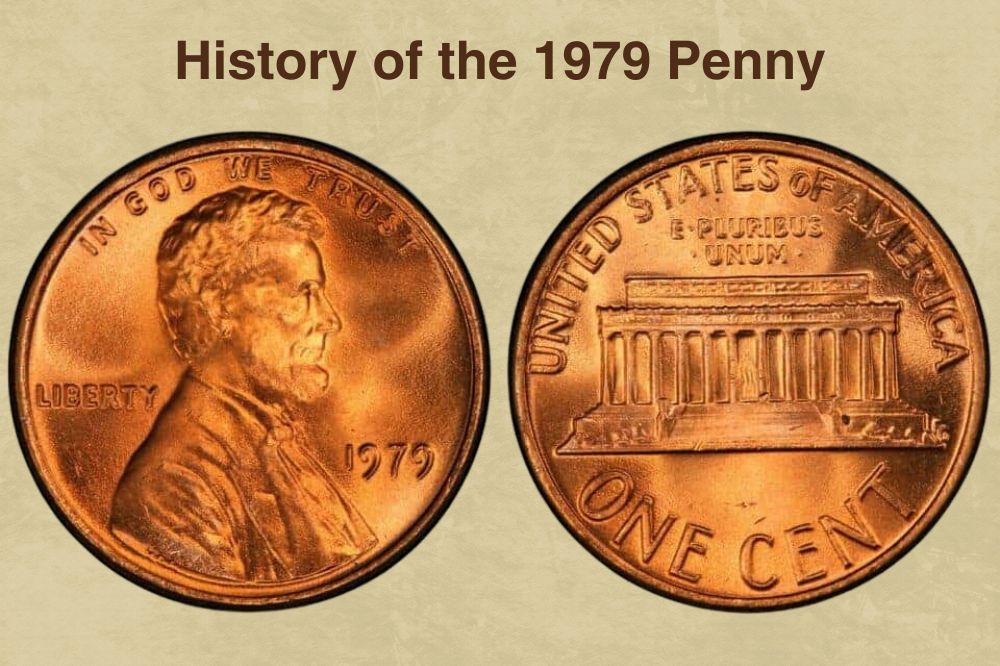
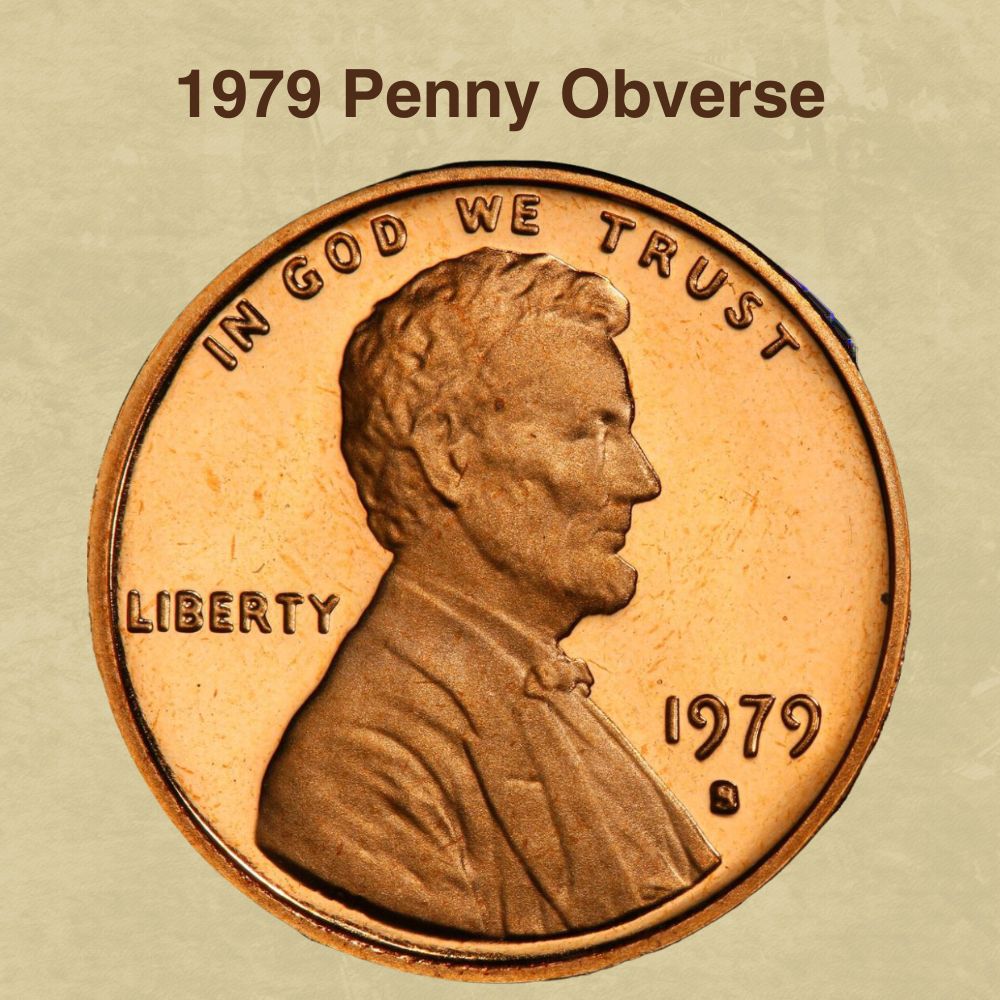
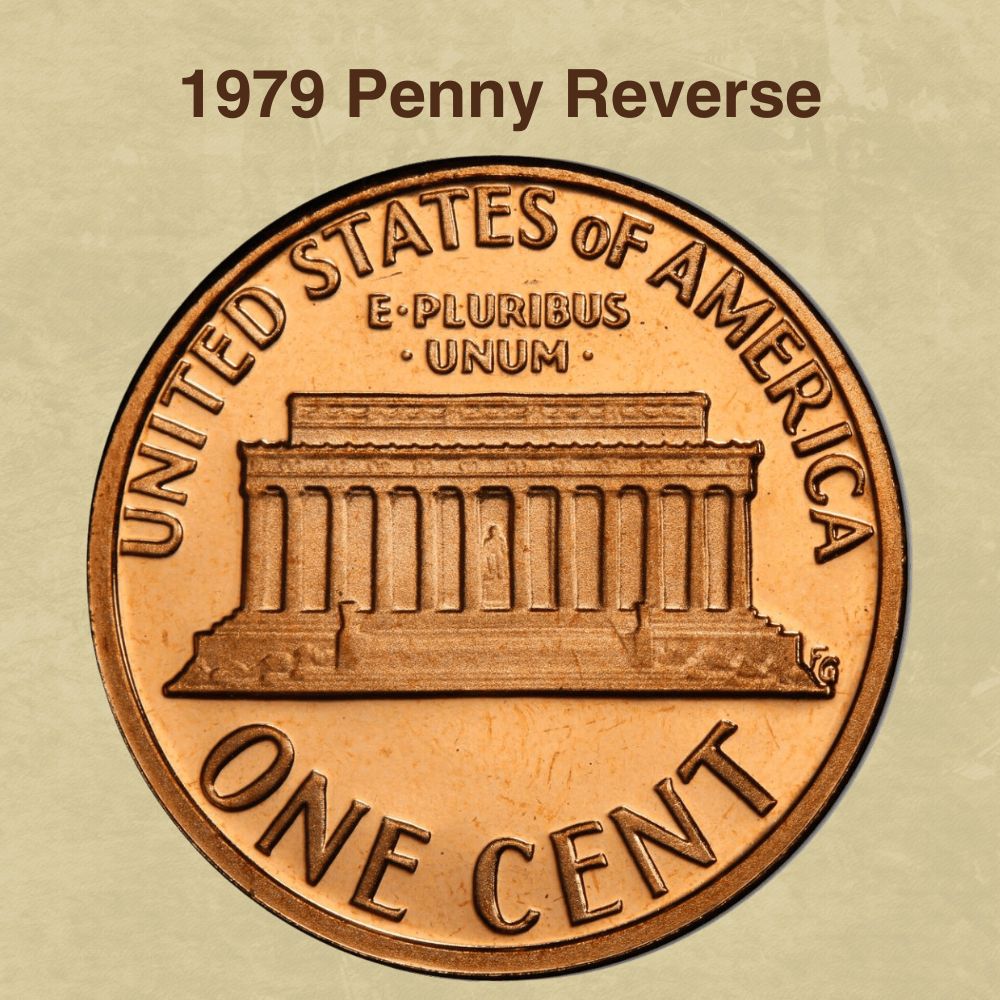
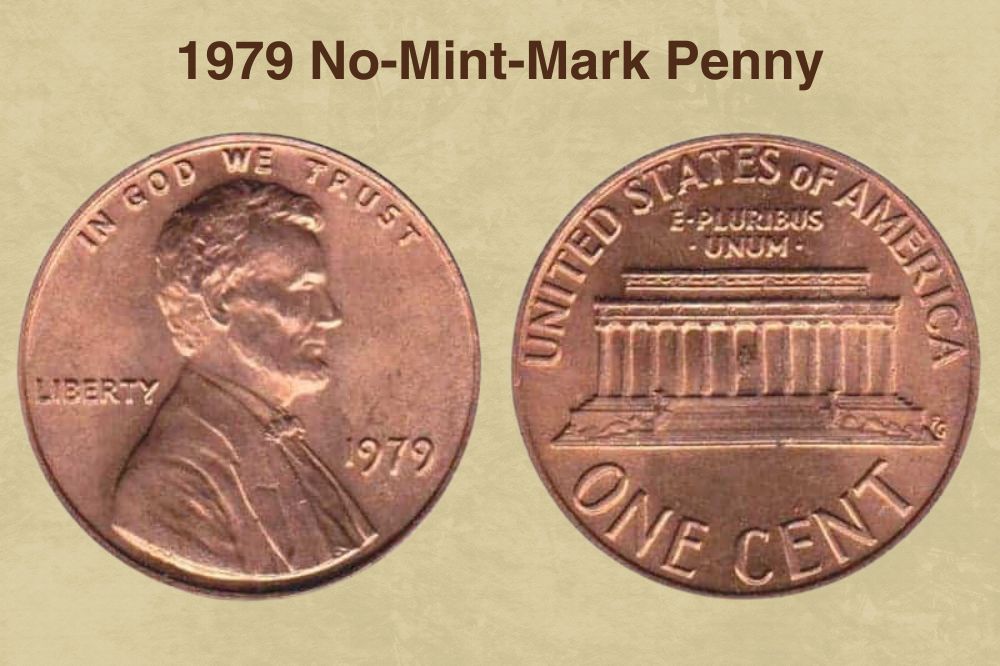
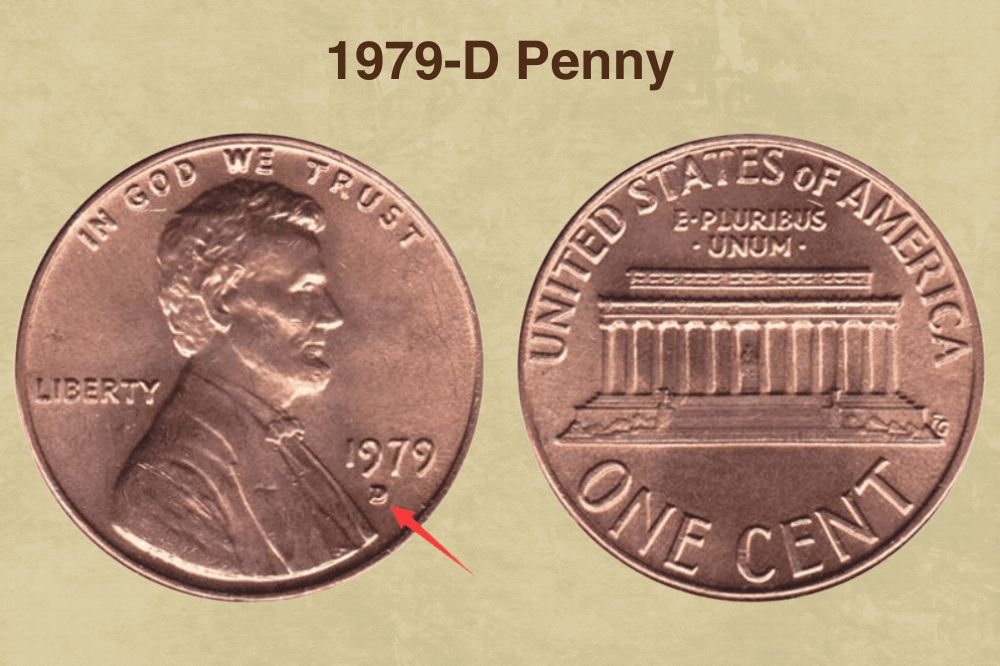
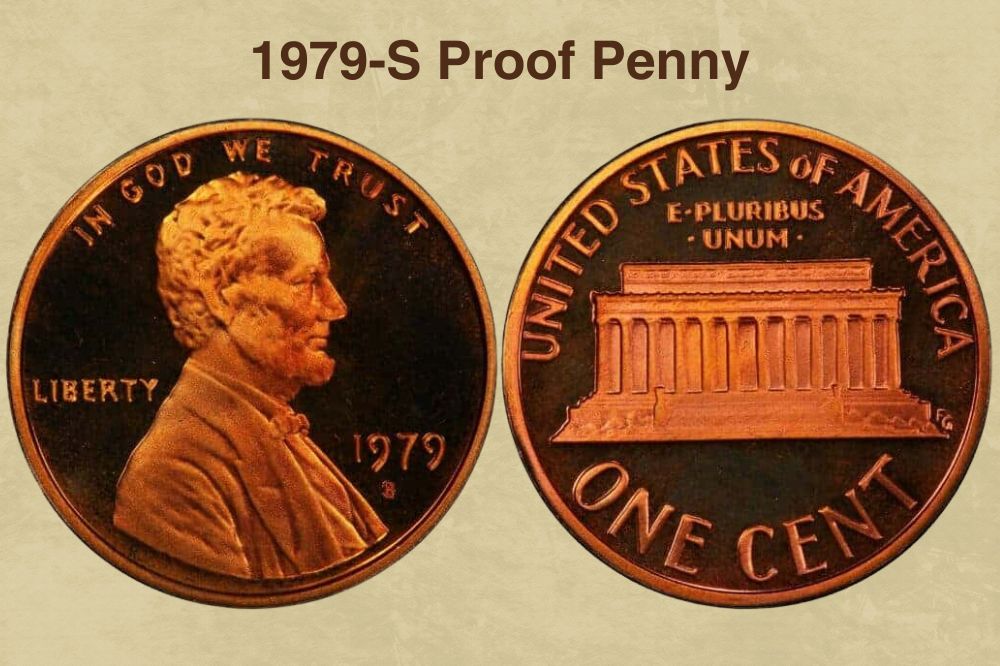
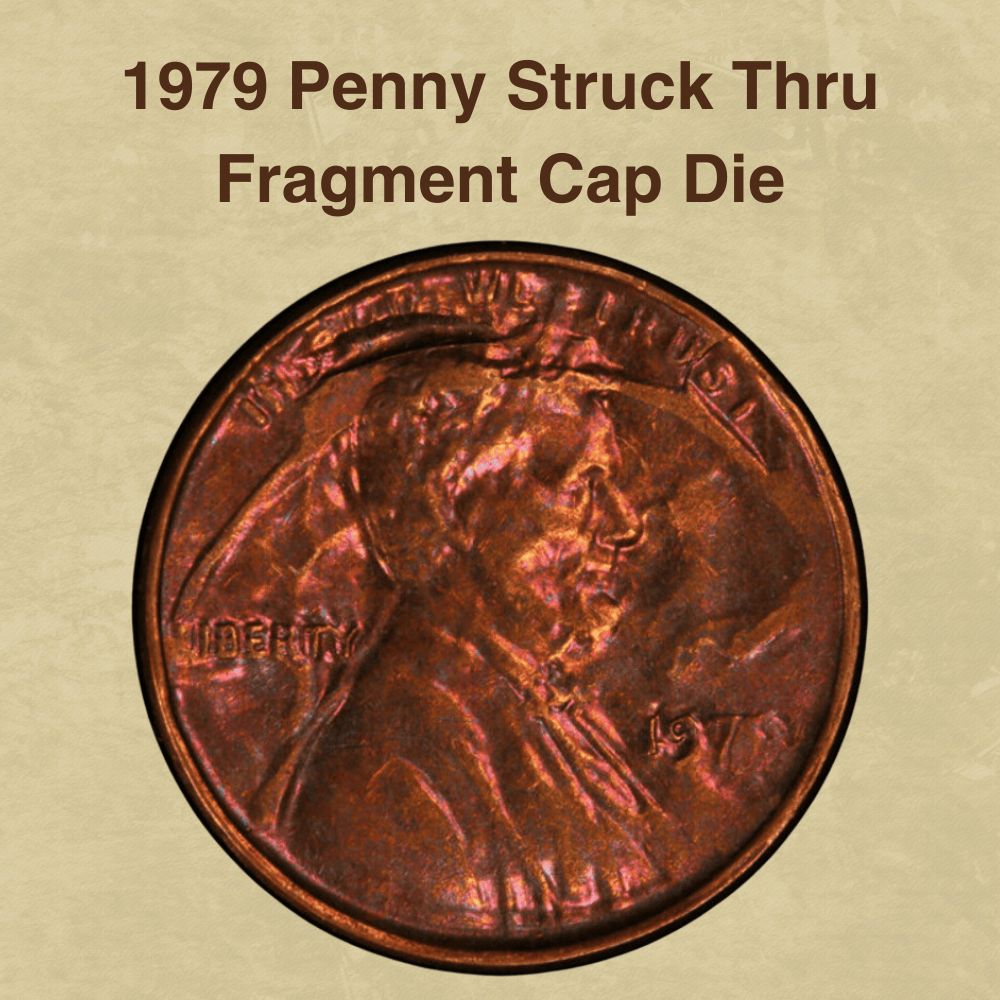
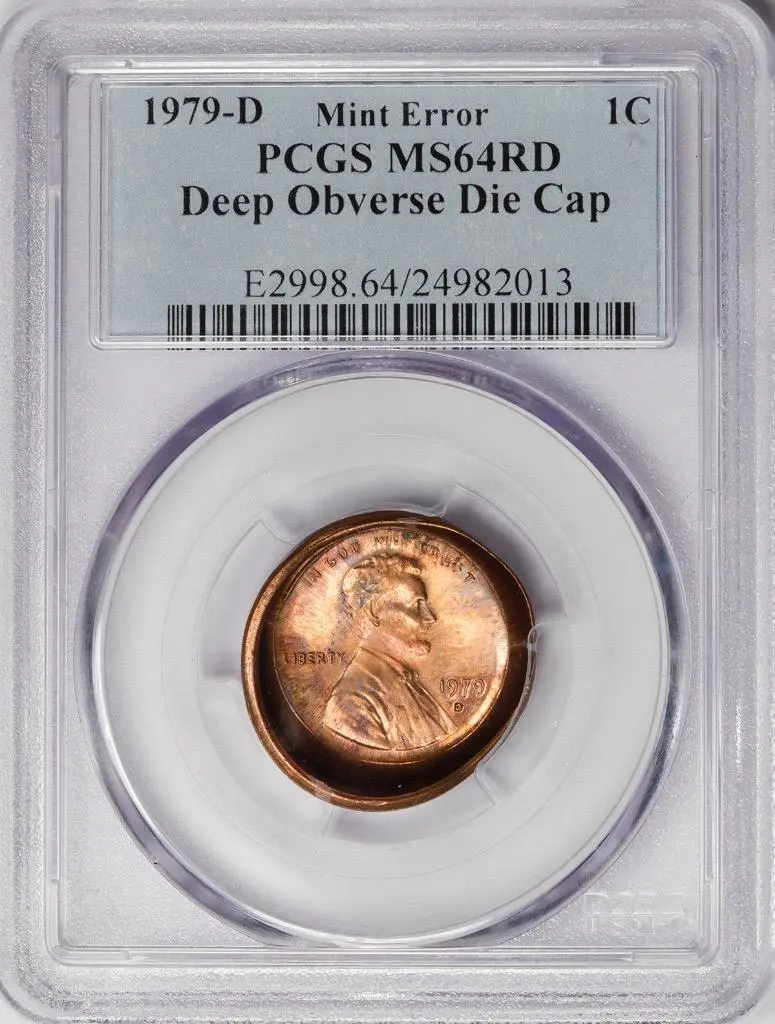
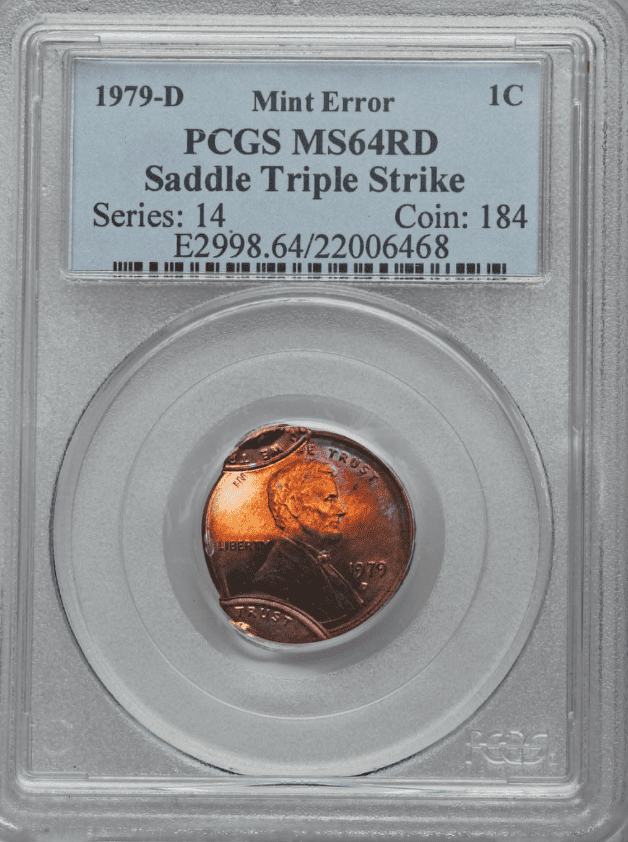
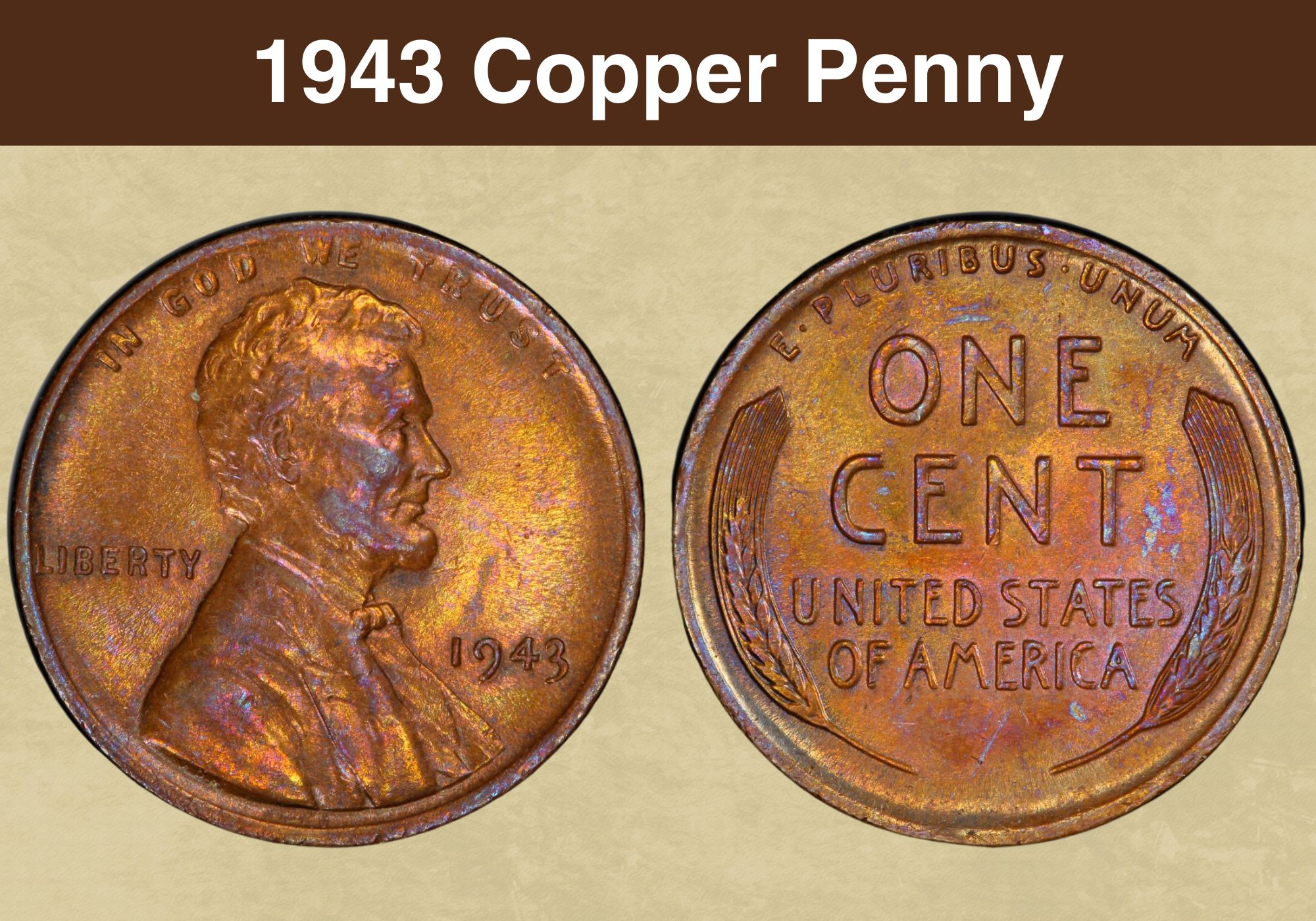
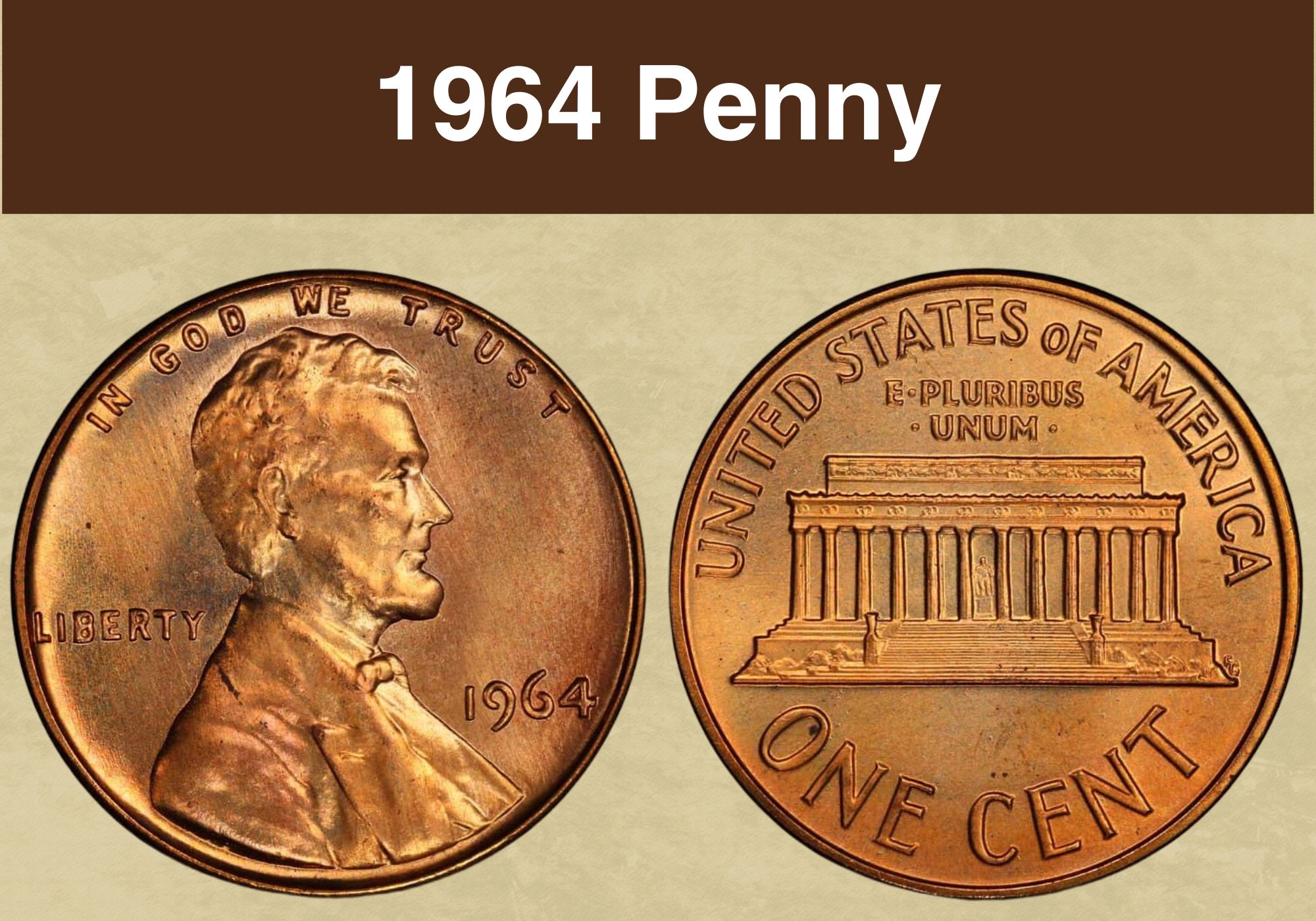
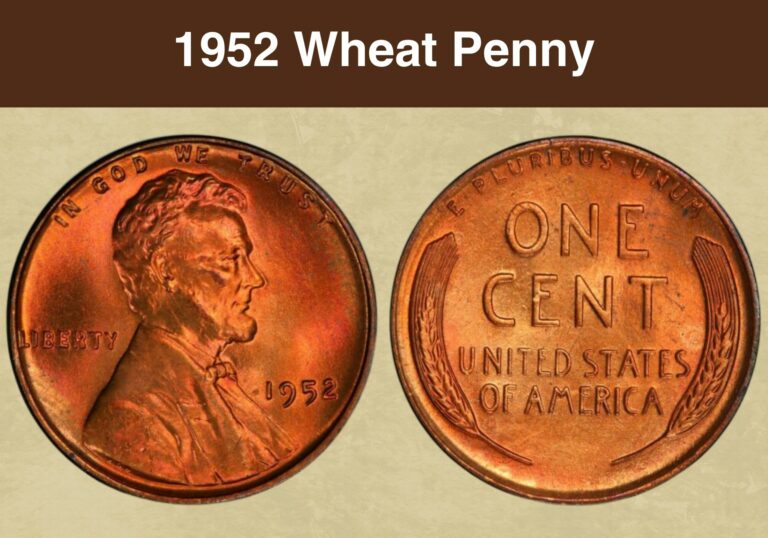
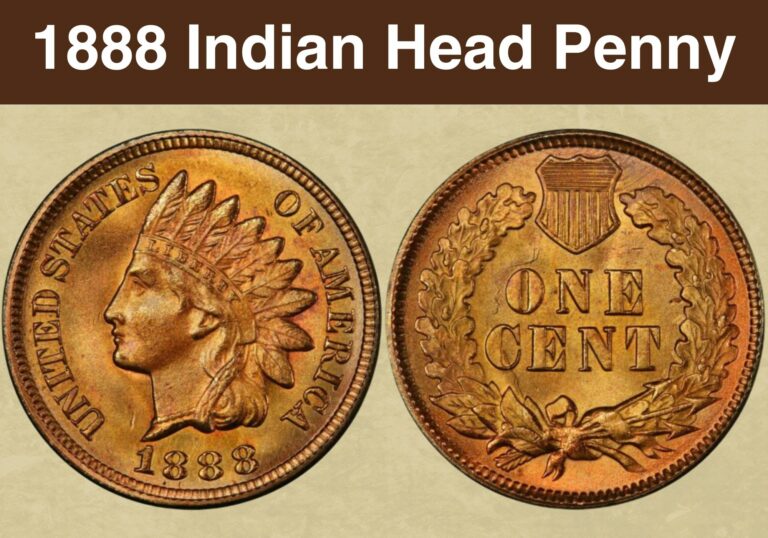
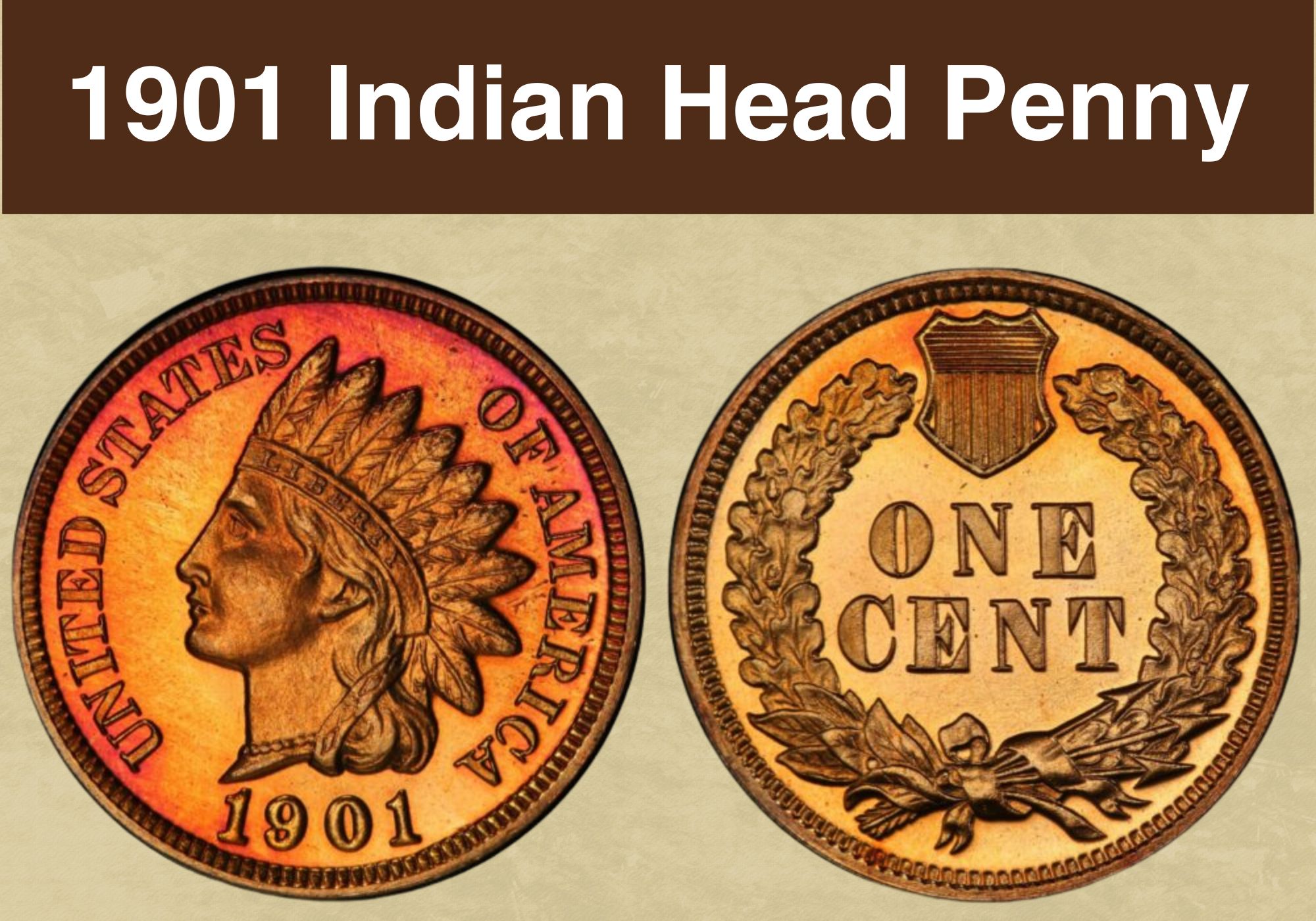
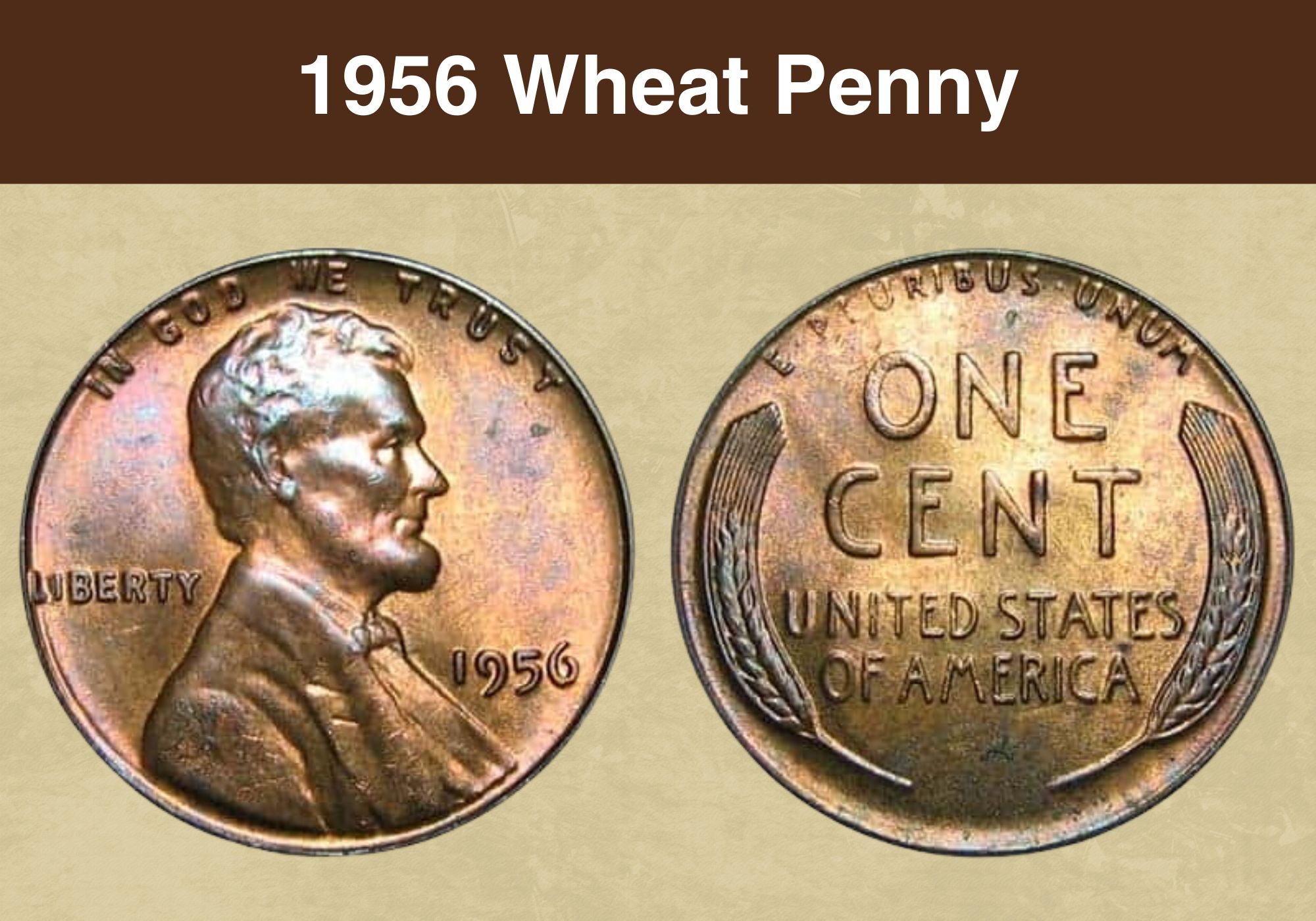
Under the ” reverse of the 1979 penny features” section of this particular publication it says at the bottom of the reverse of the coin says, “ONE DOLLAR”, when it should read “ONE CENT”. Thought you would want to know to whoever it may concern.